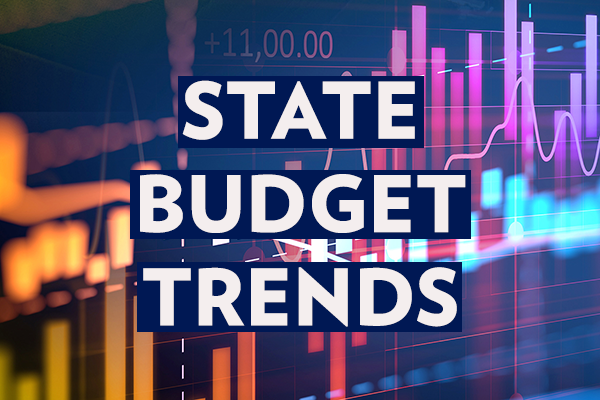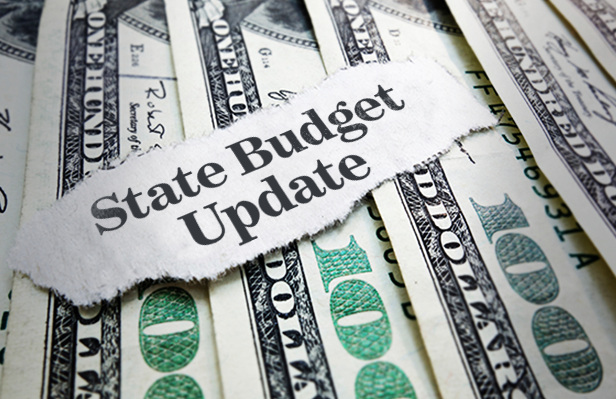With a growing economy and revenue collections $400 million above projections, next year’s budget should be easy to balance. Instead, lawmakers are looking at a projected $1.7 billion deficit. Why? Pennsylvania continues to increase spending faster than revenues, hide spending in other funds and rely one-time revenue sources. Here are five ways lawmakers can avoid job-stifling tax increases and create the conditions for long-term prosperity and economic growth.
1. Keep spending within the Taxpayer Protection Act (TPA) Index: The TPA is a spending guideline that allows General Fund spending to increase at the rate of inflation plus population growth. TPA legislation passed in the House last session would limit spending growth to 2.12 percent in 2019-20 ($33.41 billion). Lawmakers can override the limit with a supermajority vote.
The TPA is a common-sense policy that allows for new expenditures and growth in mandated costs. If the TPA was enacted in 2003, more than $11,000 per family of four would have remained in the hands of taxpayers.
2. Enact state tax reform: Federal tax reform benefited all Pennsylvanians through tax savings, higher employee benefits, hundreds of millions of dollars in lower utility bills, and more jobs. Yet our state tax bill remains one of the highest in the country. State and local taxes consume an estimated 10.2 percent of Pennsylvania’s income, while our economy continues to underperform. From 1991 to 2017, Pennsylvania ranked a dismal 46th in job growth, 45th in personal income growth, and 46th in population growth.
States with lower tax burdens outperform states with higher tax burdens in both job and income growth. Lawmakers need to enact simple, fair, and reliable tax reforms to give Pennsylvanians relief and counter negative migration, population, and job growth trends. Reforms include lowering the personal income tax, reducing the Corporate Net Income Tax (the third-highest statutory rate in the nation), lowering and broadening the state sales tax (there are currently 23 exemptions), and simplifying the state tax code. These proposals could be revenue-neutral by eliminating corporate welfare.
3. Expand educational options by raising the limits on education tax credits: Education remains a budget cost-driver with spending at an all-time high. In 2018, lawmakers increased state public school funding by $450 million, a nearly $2 billion increase over the past four years. According to the National Center for Education Statistics, Pennsylvania’s funding per student is $3,932 above the national average, or the 9th-highest funding level in the country. Yet tens of thousands of students are looking for alternatives.
In 2016-17, the Educational Improvement Tax Credit (EITC) and Opportunity Scholarship Tax Credit (OSTC) programs provided scholarships for quality education at a fraction of the cost of traditional public schools. The average EITC scholarship was $1,658, and the average OSTC scholarship was $2,420, compared to school district spending of $17,700 per student. The EITC alone has saved taxpayers $1 billion, according to an EdChoice audit.
These programs serve more than 50,000 students, but more than half of all scholarship applications in 2018—53,000 in total—were turned away due to lack of funds. There is a state-mandated cap of $160 million on the EITC and $50 million on the OSTC. Raising these limits would better serve families and save tax dollars. Adopting an automatic escalator, like Florida, would go even further to address parent demand.
Graph: State Budget Cost Drivers
4. Continue to pursue welfare work requirements: For fiscal year 2018-19, more than $800 million in Department of Human Services expenses were paid using one-time revenue sources that will not be available in 2019. To encourage independence, meaningful work requirements and time limits should be implemented for all able-bodied Medicaid and SNAP (food stamp) participants.
Similar reforms have worked in states like Maine, Kansas, and Arkansas. Maine saw a nearly 80 percent drop in total healthy adult caseloads and along with rising incomes for those who ended their benefits. In Arkansas, healthy adult caseloads fell by 70 percent, and incomes more than tripled within two years of leaving the SNAP program. If Pennsylvania were to enforce SNAP work requirements, an estimated 100,000 citizens would rejoin the workforce, leaving more resources for low-income children and the disabled.
5. Pass the Justice Reinvestment Initiative II: Corrections remains the third-largest driver of state spending. According to the IFO, it costs $48,200 a year to house one prisoner. The 2012 Justice Reinvestment Initiative (JRI) reforms led to historic declines in the prison population and declining crime rates. Yet Pennsylvania still has the highest incarceration rate in the Northeast thanks to our inefficient and ineffectual sentencing system. JRI II, which passed the Senate last year, continues to address high recidivism rates with effective sentencing guidelines, better probation practices, and customized parole supervision. These reforms could generate an estimated $48 million savings over five years.





